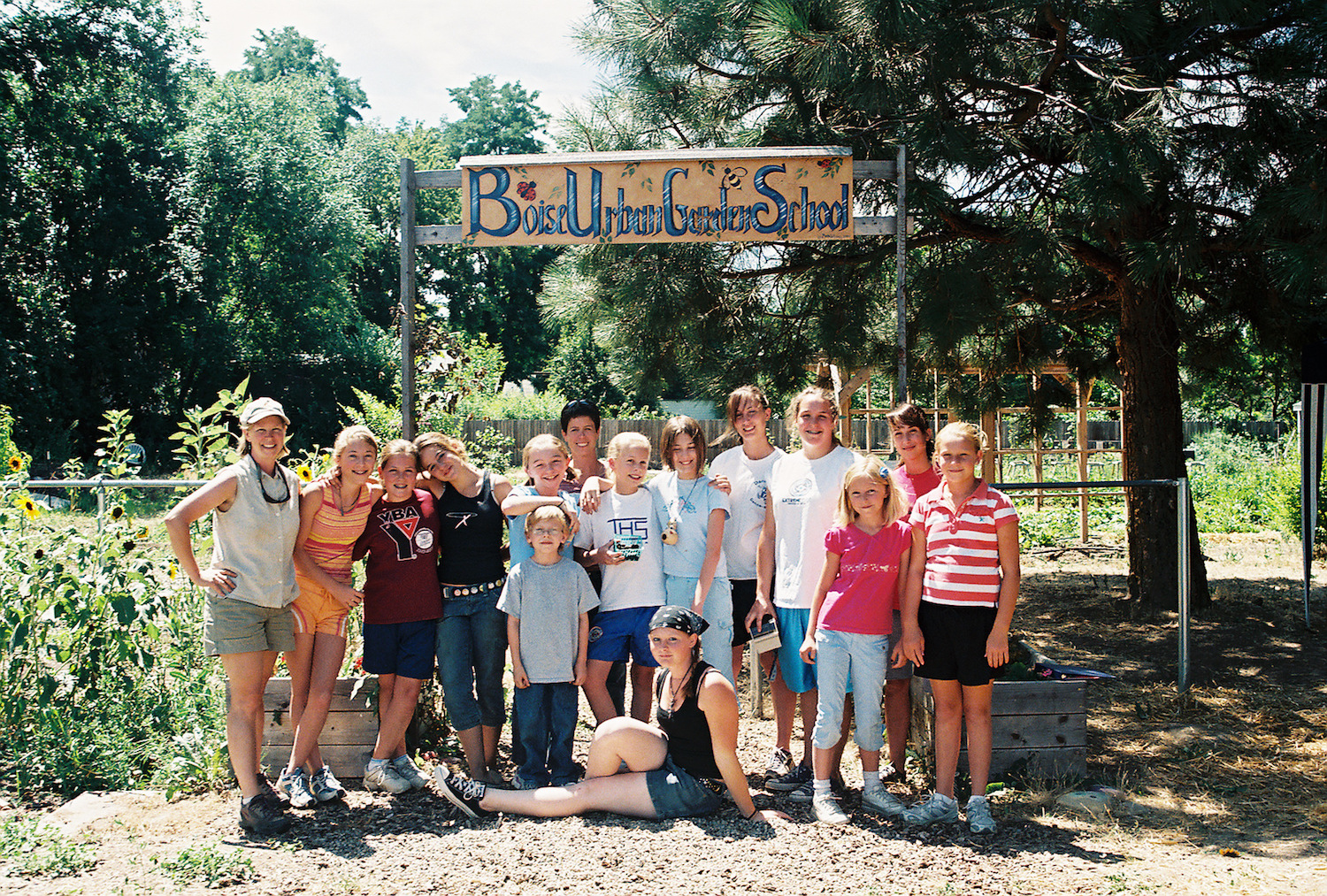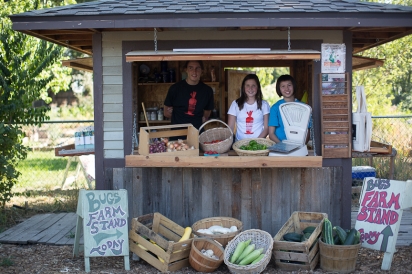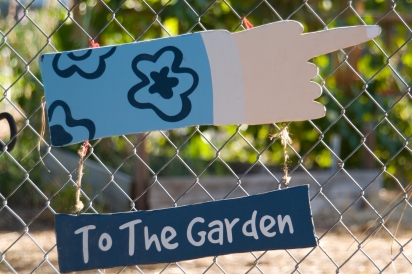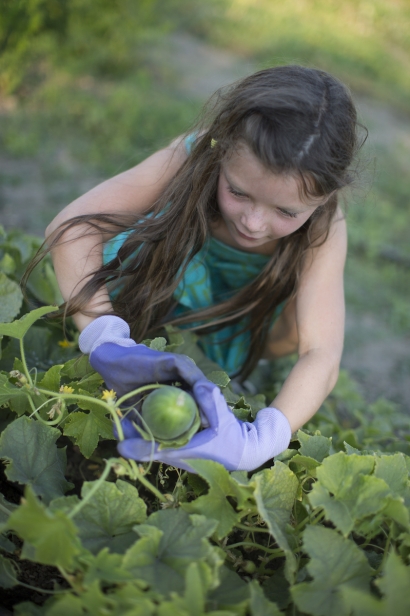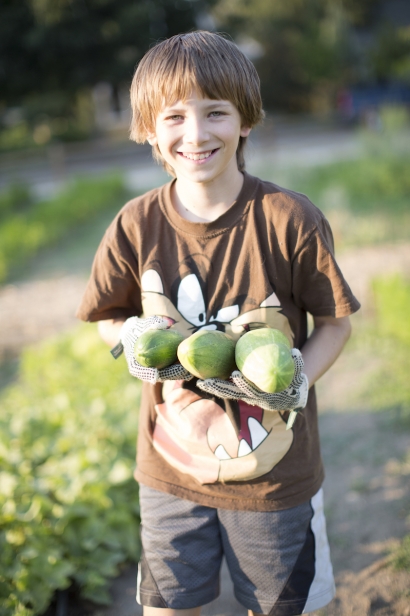From Serendipity to Full Bloom
Story Update: Lisa Duplessie is the current BUGS Executive Director (2020).
Ten years ago, like a tiny seed under warm spring rain, Boise Urban Garden School (BUGS) sprouted. How the idea became reality so quickly still amazes co-founders, Amy Hutchinson and Wendy Young. “BUGS’ beginning is a great example of serendipity,” Young says. “We caught a wave.”
BUGS’ seed of an idea was planted when Hutchinson, then a teacher at South Junior High, noticed her fidgety students engage differently when she brought them outside to study pollinators. She asked herself, “How can I capitalize on this?” At the same time, she was discussing with her friend Young, a Master Gardener who worked for non-profits eradicating poverty, “What would you do if you could take education in any direction?”
Ideas percolated, and one afternoon over cups of tea, the two friends hatched a plan, a summer children’s gardening school. Children—as people at their most curious, tactile and kinesthetic—could learn by immersing themselves in the natural world through gardening. Both women loved the idea, and were eager to start. All they needed was land, money and students.
The next morning, Young heard from a co-worker that a Boise church needed a Master Gardener to cultivate a vacant lot. The land, at the corner of Franklin and Orchard, lay thistle-choked. Yet, it was a great location in an area unsupported by a community garden near South Junior High, and within walking distance from nearby neighborhoods. Young immediately contacted the Wright Congregational Church which, a couple of days later, heard and supported the women’s vision. Less than a week after the two friends formed their plan, they’d caught a wave and BUGS was born.
That first summer, BUGS had 12 students, all from South Junior High. Hutchinson and Young hauled in at least six truckloads of horse manure to enrich the barren soil, and with their students labored to develop irrigation, dig out paths and plant beds. Small grants and donations sustained the school that first year, and the next few that followed.
During their work there, Young and Hutchinson observed firsthand what BUGS does for kids. “The school empowers children with skills,” Hutchinson says. “Gardening is a way to feel connected and grounded, to belong,” noting that students prepare and eat lunch together, usually with harvested produce. She adds, “Gardening is a different way of interacting with the world, differently paced and emotionally fulfilling.”
Hutchinson remembers one little girl who was convinced to try a newly ripe strawberry. “She began screeching with joy at tasting the little berry and shouted, “I get it! I see!” realizing why her grandmother loved making strawberry shortcake. Young describes a teenager who, convinced she was “bad at math,” designed BUGS’ irrigation system using difficult mathematical formulas.
Do some children have a gift or affinity for gardening? Young answers “yes.” She believes all children should have exposure to cultivating the soil, but for half, regardless of demographic, “there is deeper meaning in working with the soil.”
Drawn in new directions, both founders left after five years, and remain committed participants in the local food movement. Now a non-profit, the garden’s executive director since 2011 is Erin Guerricabeitia, who became hooked by BUGS’ agenda when her small daughter startled her at the grocery store by asking, “How did broccoli get here?” Learning how to garden, and understanding and appreciating fresh food, is her passion for the children who come to BUGS.
Today, that dusty, weedy lot is a beautiful, well-tended garden, with abundant plant beds, flowers and displays of art by the 120 young gardeners who, each summer, plant, harvest and market their produce at the school’s stand.
New ways to reach children and advance their connection to the natural world have been added. BUGS’ program “Just Add Water” has instigated the creation of nine new local school gardens. Field trips are conducted at BUGS where children learn through “overarching questions” such as “is soil alive?” and hands-on activities like wearing socks in the garden to learn how animals distribute seeds. Guerricabeitia says, “So many subjects can be taught in the garden—math, science, writing, literature.”
Young remembers students opening a sweet pepper, and, when learning the papery seeds inside could propagate 60 new plants, exclaiming, “Let me try!” As prolific as that pepper, one empty lot has germinated a place of meaning, learning—and many young gardeners.
Boise Urban Garden School | @boiseurbanschoolgarden


